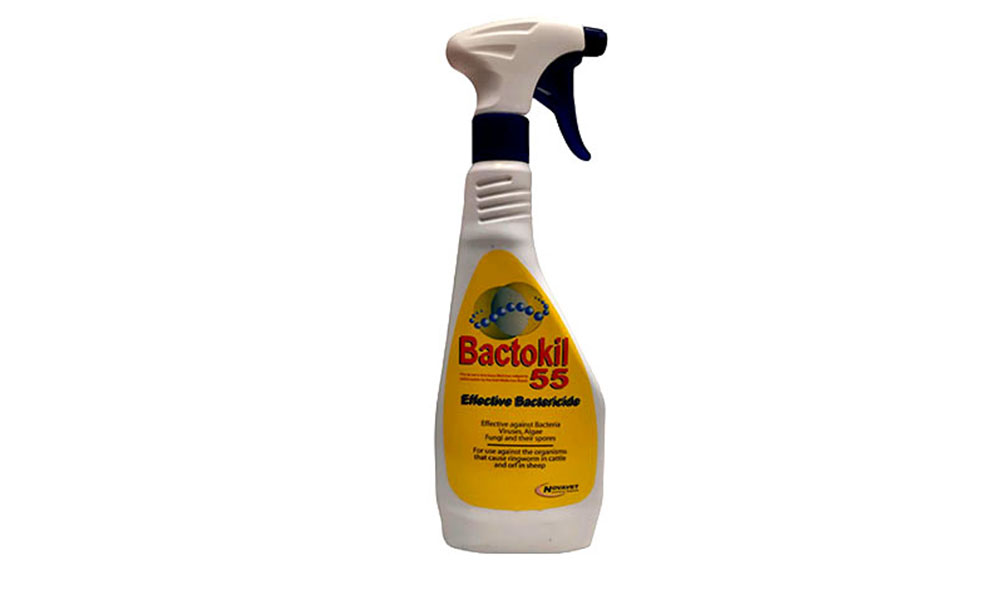
Agridirect.ie discuss the causes of orf in sheep, and look at some ways to prevent and manage the disease.
Orf outbreak: a common nuisance
In recent days, I have heard a few sheep farmers complaining about outbreaks of orf in sheep. Now, generally speaking, this is one ailment that we shouldn’t get too panicked about. While orf may cause our sheep extreme discomfort, and be a nuisance when trying to keep animals’ body condition score high, it very rarely causes life-threatening complications. In most cases, the disease will clear up within a few weeks, with or without treatment. Granted, ewes and lambs suffering from it are likely to lose ground, but that is about as bad as it gets.
That being said, the fact that animals tend to fail when suffering from orf means that we should all be eager to prevent outbreaks of the disease in our flocks.
Orf: what is it
Key to preventing outbreaks of orf is understanding something of the nature of the disease. Known medically as pustular dermatitis, orf is usually caused by a pox virus that results in lesions around the mouth and nose. It is particularly common in lambs raised artificially, because it occurs following trauma to the lips and gums (such as often occurs with the use of artificial teats!).
When to look for it
Aside from artificially reared lambs, orf is also common in sheep that have recently been turned on to new pasture. You may notice lesions around the mouth and nose of sheep around 2 weeks after putting them onto fresh grass, especially if they are grazing fields with a lot of thistles, gorse or other prickly plants. Again, the cause of the pustules in this instance is trauma to the mouth and nose.
If and when you notice orf on your sheep, you should exercise caution when handling or trying to treat the diseased animal. Orf can spread to humans, and is not uncommon among farmers. If you contract it from your sheep, it will most likely manifest on the hands. It will cause considerable discomfort for a few weeks, but should clear eventually.
Always visit your doctor if you suspect that you have contracted orf.
Diagnosing Orf
Orf can be conclusively diagnosed at a veterinary laboratory by electron microscopy of the infected lesions. However, this is rarely necessary, as the classic symptoms of the disease make it easily recognisable. For the most part, lesions do not resemble those caused by foot and mouth disease. However, if you are unsure about the symptoms your sheep are displaying, it is always best to consult with your vet.
Orf: treatment and prevention
Unfortunately, treatment of orf can be difficult. In many cases farmers will simply have to wait for the disease to clear up. However, in some instances, an injection of procaine penicillin or oxytetracycline can help. Applying Bactokil Spray can also be highly effective. This product is applied as a spray. However, in order to protect the animal’s eyes, you may wish to spray onto a sponge and dab gently onto the infected area.
Because orf is so difficult to manage once contracted, preventative measures should be prioritised. Remember that disease can be introduced to your flock by sheep carrying the disease. However, not all carriers of the virus have symptoms, because infection can survive in dry scabs for months before flaring up. Therefore, good hygiene, particularly around housing, is crucial. All pens should be thoroughly cleaned and disinfected at regular intervals. This can help to prevent the disease from spreading, though it will not kill the disease on already infected sheep.
Thanks for reading.











